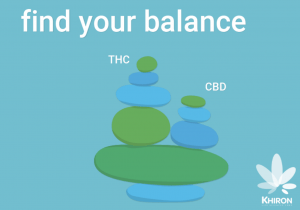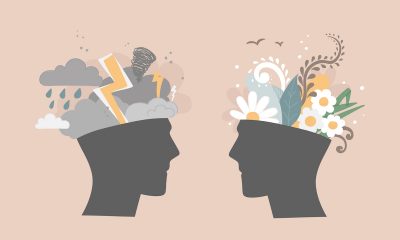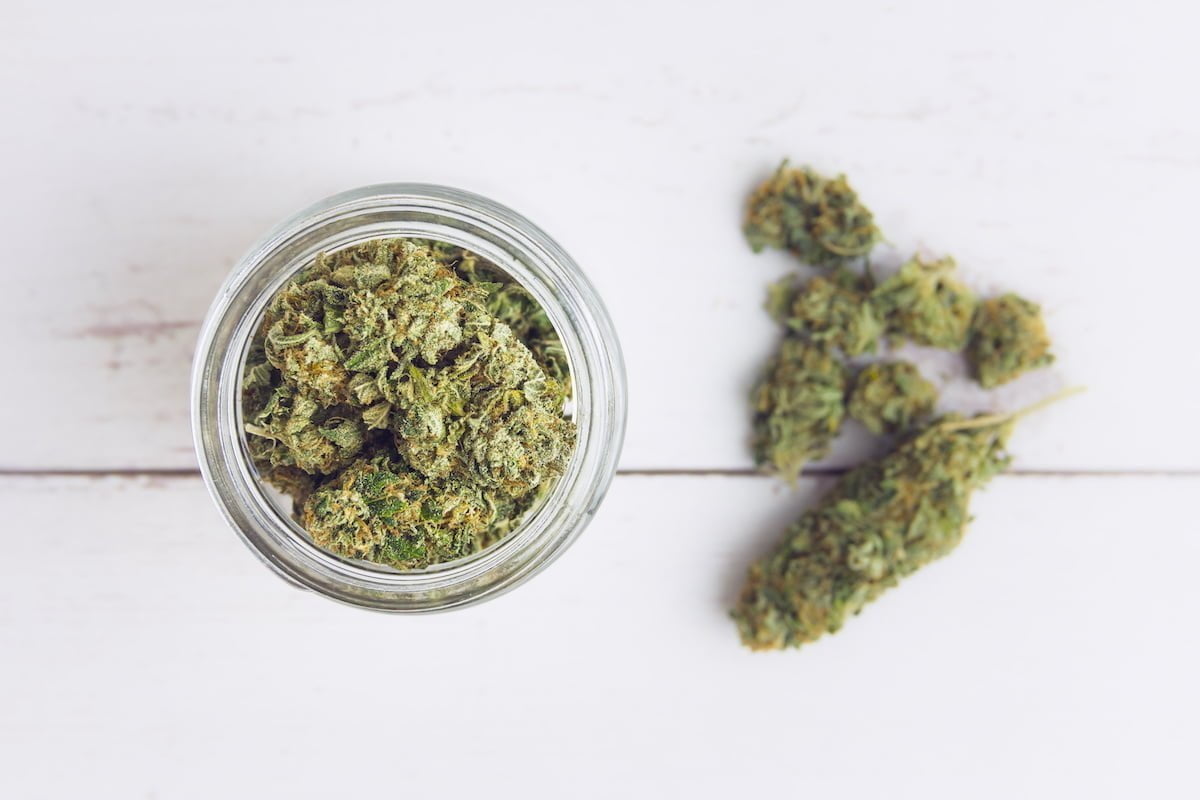Combining CBD with THC flower may be a valuable “harm reduction tool” for long-term cannabis patients, writes Guillermo Moreno-Sanz, PhD, global scientific director, Khiron Life Sciences Corp.
The shifting regulatory, legal, and cultural landscape surrounding cannabis use for medicinal purposes in the UK has led to increased concerns regarding the risks that high-potency cannabis consumption poses to public health.
A recent systematic review published in the Lancet Psychiatry by researchers from the Addiction and Mental Health Group at the University of Bath suggests that use of THC-predominant cannabis is associated with an increased risk of experiencing psychosis and cannabis use disorder (CUD) compared to low-THC cannabis chemotypes.
The review, which included 20 studies with a total of 119,581 participants, noted that high-potency users were more likely to experience problems related to their cannabis use while low-potency product users did not appear to be at an increased risk compared to non-users. For anxiety, study findings were more mixed, and all but one of the studies on depression found no association with high-THC products.
Lead authors Kat Petrilli and Tom Freeman said in a statement: “Our findings suggest that people who use cannabis could reduce their risk of harm by using lower potency products. These results are important in the context of harm reduction which aims to minimise the negative consequences associated with high-THC cannabis use.”

Guillermo Moreno-Sanz, PhD, global scientific director, Khiron Life Sciences Corp
The scope of this review did not include studies looking at other cannabinoids, such as CBD, which may alleviate negative outcomes associated to THC-predominant cannabis, such as dependency and psychosis.
THC-predominant cannabis flower is consistently the most prescribed cannabis-based product for medicinal use (CBPM) in Project T21, the UK’s first multi-centre registry of patients receiving treatment with CBPMs.
T21 participants are often experienced with cannabis consumption, as they have been typically self-medicating illegally for years before joining the project. For this reason, most of them may be accustomed to using only high-potency cannabis, the most common chemotype in the black market, which caters to recreational users.
Indeed, prescription of chemotype II (THC:CBD balanced) flowers by clinicians associated to T21 is significantly lower, while the use of chemotype III (CBD-predominant) varieties is almost negligible.
However, researchers from the University of Colorado, in the US, have recently shown how combining THC with CBD may reduce overall THC exposure, thus mitigating its deleterious effects, without diminishing the effects of THC that patients report liking. Therefore, authors conclude that “identifying cannabinoid ratios that may alter risk for the user could become a critical avenue in harm reduction research”.
The study included 159 participants, which were divided intro three groups depending on the THC-to-CBD ratio in the cannabis flower that they were consuming: THC-dominant (24% THC; 1% CBD), THC+CBD (9% THC; 10% CBD) or CBD-dominant (1% THC; 23% CBD).
Researchers obtained blood samples immediately after consumption, and multiple measures were employed to assess subjective high and mood effects, feelings of elation and anxiety/relaxation, paranoia and drug-liking properties described by participants self-administering each type of cannabis.

Interestingly, participants consuming THC-predominant and balanced flowers reported almost identical increases in subjective “high” and elation, despite the fact that blood concentrations of those consuming THC+CBD had significantly less THC in their bodies.
Consistently, participants declared “liking” the THC+CBD chemotype as much as the THC-predominant, which is consistent with other studies suggesting that CBD may actually increase, rather than diminish, the effects of THC on positive mood.
On the other hand, participants consuming THC-predominant varieties reported greater paranoia and anxiety than individuals administering any of the two other chemotypes, which has also been observed in human laboratory studies, even despite the fact that participants were highly experienced cannabis consumers.
Researchers propose to possible explanations for such observation: i) it is possible that CBD has a direct effect on anxiety and paranoia induced by THC, or ii) CBD may be increasing the subjective high when given in combination with THC, therefore reducing the amount of THC that consumer self-administers.
Taken together, all this evidence seems to indicate that combining CBD with THC in different ratios reduces the negative effects associated to THC-predominant cannabis consumption and could represent a valuable harm reduction tool for long-term cannabis users, such as chronic patients suffering from debilitating illnesses like chronic pain, anxiety-related disorders, or neurological conditions.
This article was written by Guillermo Moreno-Sanz, PhD, global scientific director, Khiron Life Sciences Corp.
Dr Guillermo Moreno-Sanz has been dedicated to cannabinoid research for almost 20 years and is the author of more than 30 scientific articles and three patents describing the role of the endocannabinoid system in pain perception. He holds a degree in Biochemistry and Organic Chemistry from the University of Zaragoza and a PhD in Neuroscience from the Complutense University of Madrid.
He obtained a Fulbright scholarship to complete his PhD in the United States, developing most of his academic career at the University of California, Irvine. In 2017, he participated in the elaboration of the report “The Health Effects of Cannabis and Cannabinoids” of the National Academies of Sciences of the United States.
He currently serves as Chief Scientific Officer of Khiron Life Sciences, a provider of cannabis-based medicines and healthcare services through its network of Zerenia™ clinics, with a presence in Colombia, Peru, Brazil, Spain, the UK and Germany.

Home » Comment » Finding the right balance: the benefits of mixing THC and CBD flower

 News6 months ago
News6 months ago
 Science5 months ago
Science5 months ago
 Industry6 months ago
Industry6 months ago
 News6 months ago
News6 months ago
 News5 months ago
News5 months ago
 Health5 months ago
Health5 months ago
 News5 months ago
News5 months ago
 Health3 months ago
Health3 months ago















